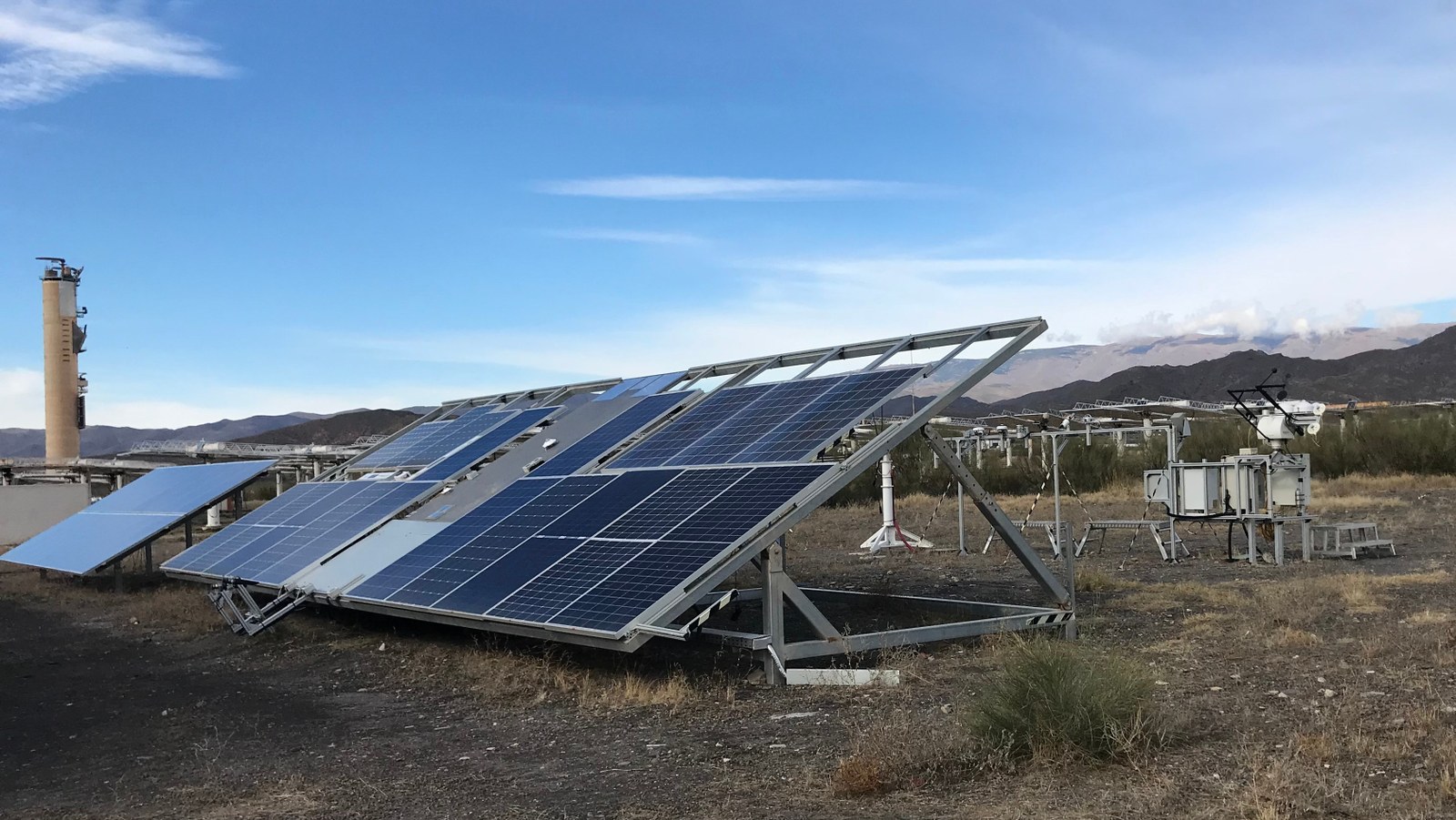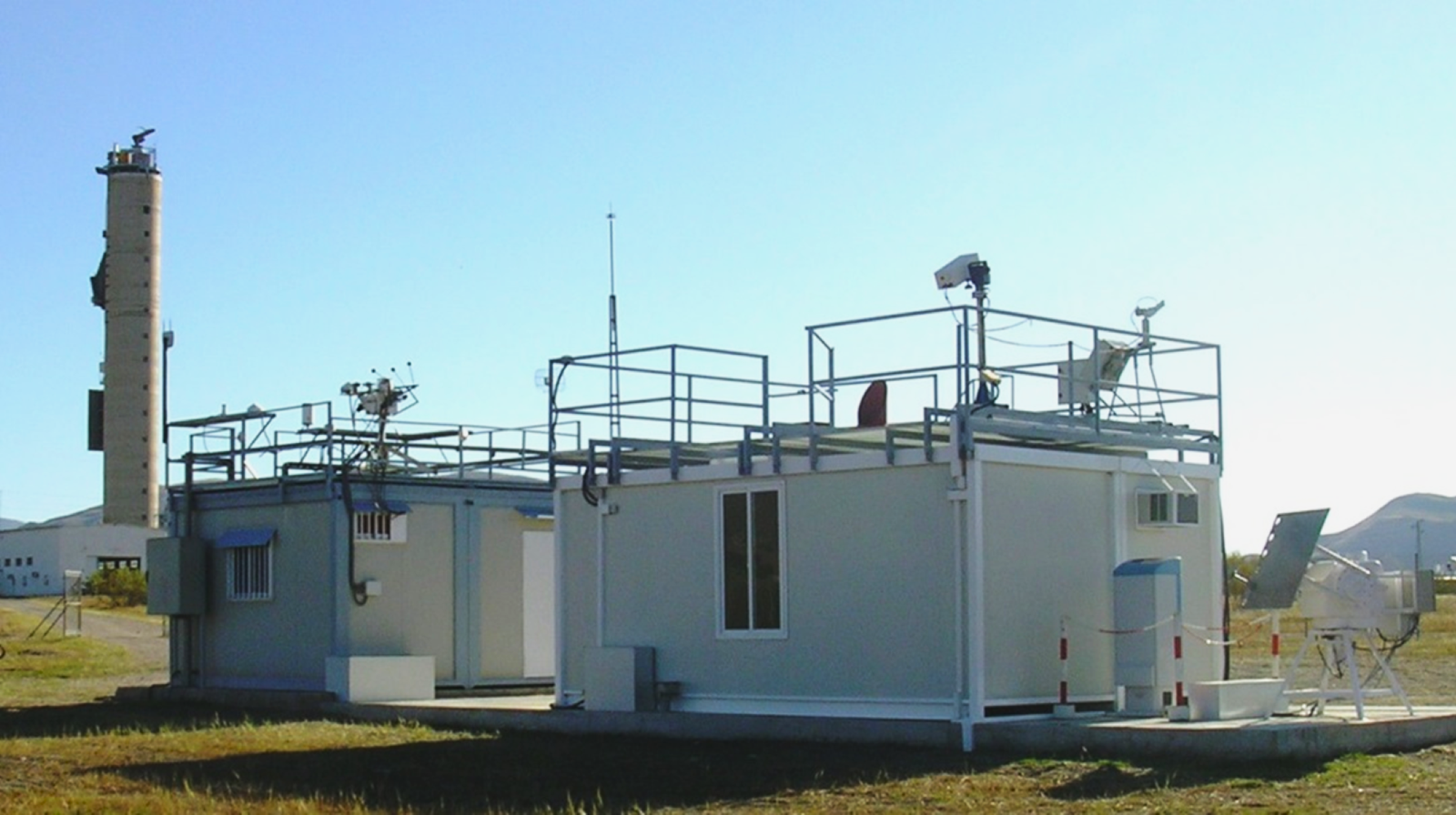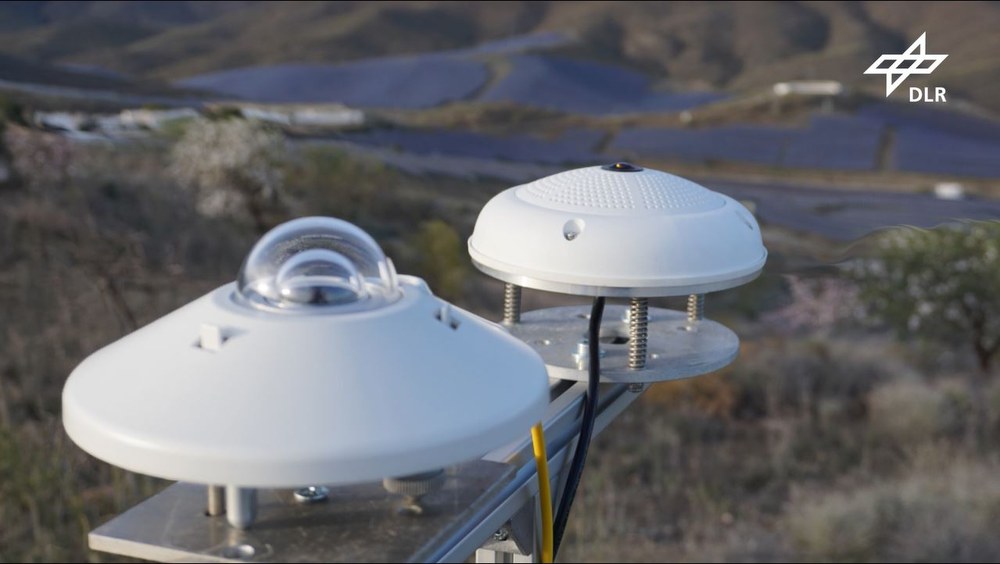Meteorology in the energy industry


Understanding and predicting meteorological conditions and the available solar resource is critical to determining the yield of a solar power plant. Accurate meteorological parameters are therefore essential for the development and operation of solar power plants and energy systems.
Forecasts and data to optimise the operation of solar power plants
Researchers at the Institute of Solar Research use their expertise to improve the performance of solar power plants and overcome operational challenges. They determine relevant parameters for solar power plants and produce meteorological forecasts. These are used to optimise plant operation, grid operation and consumption planning. Researchers analyse the extent to which meteorological conditions affect plant performance and derive recommendations on how best to operate the plant. They are also developing standards and guidelines for solar resource assessment to improve the quality of meteorological data and its use.
Services for solar plant operators
The choice of meteorological data sets, forecasts, models and instrumentation can have a significant impact on the results of yield analysis, efficiency measurements or recommendations for operation. Commercial solar projects present complex issues due to the variety of options for parameters such as global irradiance or newer data sets, for example for soiling prediction or albedo determination.
We evaluate and produce meteorological data sets, measurement systems, models and methods, and provide development work and advice to solar plant operators in the following areas:
- Agrivoltaics - Solar research
- Energy meteorology - Solar research
- Solar radiation - Solar research
- Nowcasting - Solar research
- Soiling losses - Solar research
Video on the measurement of solar radiation:

Video: PyranoCam
Your consent to the storage of data ('cookies') is required for the playback of this video on Quickchannel.com. You can view and change your current data storage settings at any time under privacy.
